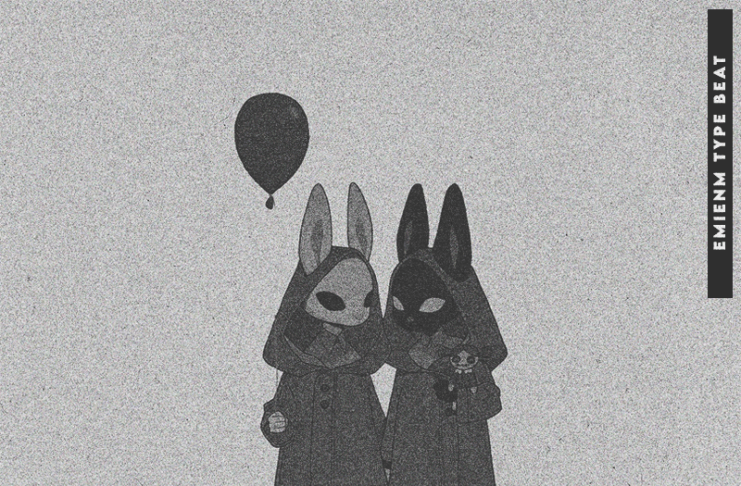

At the time, Jay-Z was virtually unknown and Big L was very much still on the rise, a month away from dropping his debut album Lifestylez Ov Da Poor & Dangerous. (Photo by Dave Allocca/DMI/The LIFE Picture Collection via Getty Images)Ī top contender for one of the most legendary freestyles is Big L and Jay Z’s freestyles at the Stretch and Bobito radio show in ‘95. A young Jay-Z came to prominence taking on Big L in a legendary freestyle battle on the Stretch and Bobito radio show in 1995. Unluckily for Busy Bee, Kool Moe Dee jumped on stage and demolished him in a scathing lyrical freestyle.įreestyles allowed young up-and-coming MCs to showcase their talent – for example, a 17-year-old B.I.G’s freestyle on his home turf of Brooklyn shows his cadence and confidence were already in place, giving us a glimpse of the star he would become. Kool Moe Doe of ‘Treacherous Three’ fame – an MC known for his sharp lyrical wit – was at a live set where ‘party’ MC Busy Bee Starskii was hosting and riling the crowd up by calling names out. In 1981 Harlem, things were revolutionized. Freestyle battle raps would showcase a rapper’s ability to improvise, story tell and humiliate all at the same time. Only through sheer braggadocio could rappers reign supreme – and freestyle battles put their talk to the test. In a genre as competitive and brutal as the burgeoning hip-hop scene, where music often mirrored lifestyle, skill was just as important as image. Learning from DJ Kool Herc, a young Grandmaster Flash, of ‘Grandmaster Flash and The Furious Five’ fame, would go on to pioneer the art of hip-hop djing and also the concept of battle freestyling aka rap battles. Better known as DJ Kool Herc, the ‘founding father’ of hip-hop, he would go on to spin funk and soul at this party, which would be the first of many. In the early 70s, an 18-year-old kid, born in Jamaica and now living in the Bronx, named Clive Campbell hosted a ‘back to school party’ so his sister could buy new clothes for the incoming academic term. In the late 60s and early 70s, toasting became a more popular form of entertainment as sound systems (traveling deejays and producers with large speakers and a library of beats and riddims) also flourished. The deejays (not DJs – who are called selectors) rap or chant over riddims in what is referred to as ‘toasting’, a practice harking back to West African griots. In the island’s iconic sound system culture, where the likes of ska and later reggae and dancehall were played, the stage was a powerhouse from which two people were elemental: the deejay and their master of ceremonies (MC) who would hype the crowd. However, like most musical legacies in contemporary society, the actual institution and technicalities of freestyle started from a small but mighty Caribbean island named Jamaica. The opening lyrics, ‘I said-a hip, hop, the hippie, the hippie’ and the fact that the song was recorded in one take would set in motion the flippant, organic nature of both ‘old-school hip-hop’ that followed it and the ‘new school’ that would follow suit from 1983 onwards. The earliest recorded hip-hop song is widely believed to be the Sugarhill Gang’s ‘Rapper’s Delight’, released in 1979. (L-R Wonder Mike, Master G and Big Bank Hank) (Photo by Michael Ochs Archives/Stringer/Getty Images) The Sugarhill Gang gave us the first recorded hip-hop track with their seminal 1979 hit, Rapper’s Delight. It’s important to draw a distinction while acknowledging how they have supported each other and sharpened the best rappers and MCs of modern music history. Although historically intertwined, freestyling and battle rap are not the same thing. Read more: Learn the art of sample flipping: 1 sample, 3 beats The birth of freestyle rapįreestyles are the epitome of improvisation and creativity, taking away the comfort of preparation and predictability to test rappers’ skills ‘off the dome’. Looking at various genres, from Jamaican dancehall to British grime, we’ll explore the origin, importance and future of ‘the freestyle’. The common denominator is freedom, in both structure and content.
#Freestyle rap instrumentals free
In the 1950s, older genres such as jazz attempted to break free of traditional genre-specific constraints and developed the likes of free jazz in defiance of fixed metres or tempos.

Then there’s freestyle where you come off the top of the head.’Īlthough freestyles have been commonly and historically associated with hip-hop and rap, the art of simply improvising lyrics prevails in spoken word, poetry and various mediums of expression. There’s an old-school freestyle that basically rhymes that you’ve written that may not have anything to do with any subject or that goes all over the place.

In his 2003 book, There’s A God On The Mic, Kool Moe Dee wrote: ‘There are two types of freestyle.


 0 kommentar(er)
0 kommentar(er)
